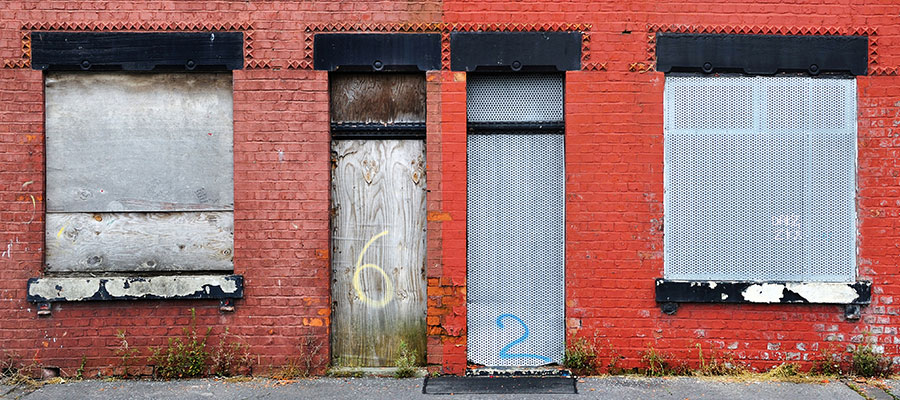Guy Horne, co-founder and managing director of HS Property Group, answers editor Victoria Galligan's questions on empty homes in the UK…
How many homes are empty in the UK?
According to official figures by the Ministry of Housing, Communities and Local Government, in March 2019 there were more than 216,000 empty homes across the UK, equating to £53.6bn of property value. This represents a 5.3% increase over the last 12 months, hitting the highest level of vacant properties since 2012.

Who do you work with to make empty homes habitable?
We work with a number of core property professionals, including private landlords, contracting teams and Blue Chip PLCs, to find housing stock in key areas and transform it into high-quality accommodation. We then collaborate with local authorities, such as Manchester City Council, and housing associations to ensure that the refurbished properties are used for social housing.
We also partner with a number of care and support providers to offer an all-encompassing service that benefits those who are most vulnerable in our society. Secure housing and high levels of support are both essential to improve communities, which is why we aim to deliver homes that meet the needs of areas. For example, supported living schemes, temporary housing for the homeless, housing for asylum seekers, etc.
How long does the renovation process take from consultation to tenants moving in?
This varies depending on the tenant type and the level of refurbishment taking place. However, on average, it takes four to six weeks to meticulously renovate an existing property, ensuring that it is fit-for-purpose and surpasses the Decent Homes Standard.
How many of the homes which you renovate are offered at social/affordable rent rates?
We work with various housing providers to offer a mixture of both social and affordable rents. Our social and affordable rent stock allows us to collaborate with diverse companies across the North West, meaning that the long-term goals for the projects can differ dramatically.
Currently, more than one million people are on the waiting list for social homes, which forces individuals and families on low incomes to rent in the private sector. As affordability is a key issue for these people, a proportion of our properties are available much cheaper than the private market value, so that Local Housing Allowance can cover the total rent costs.
What would make the acquisition of empty homes easier for you?
The Article 4 Direction enforced in certain areas, which prevents the changes of use from dwellings to small HMOs, is a barrier to inward investment because developers are less likely to acquire empty homes where this is implemented.
Removing the Article 4 Direction in key locations would make vacant properties more desirable to developers, with a plan to renovate them for social housing use. I understand the restriction on student housing as HMOs, but when the need for social housing remains so high, it should be made easier to create new homes, not more difficult.
Land banking is another obstacle we often encounter and a policy to reduce this would help us acquire more stock. For example, increasing the council tax significantly on homes that have been empty for a lengthy period would help to prevent land banking, encouraging property owners to sell homes that are not in use.
Is there a standard of home you won’t renovate, or do you tackle any empty property?
No, we thrive on renovating all properties and are always happy to take on a challenging project. Transforming empty homes and bringing them back to use helps to regenerate local communities and we are proud to be a part of that process.
Our aim is to find properties that suit the complex needs of our clients. We look for buildings that are ripe with development potential, without dwelling on the difficulty of a transformation. It’s about locating properties in desirable locations with easy accessibility and local amenities because we strive to create homes where people genuinely want to live.
- Log in to post comments













